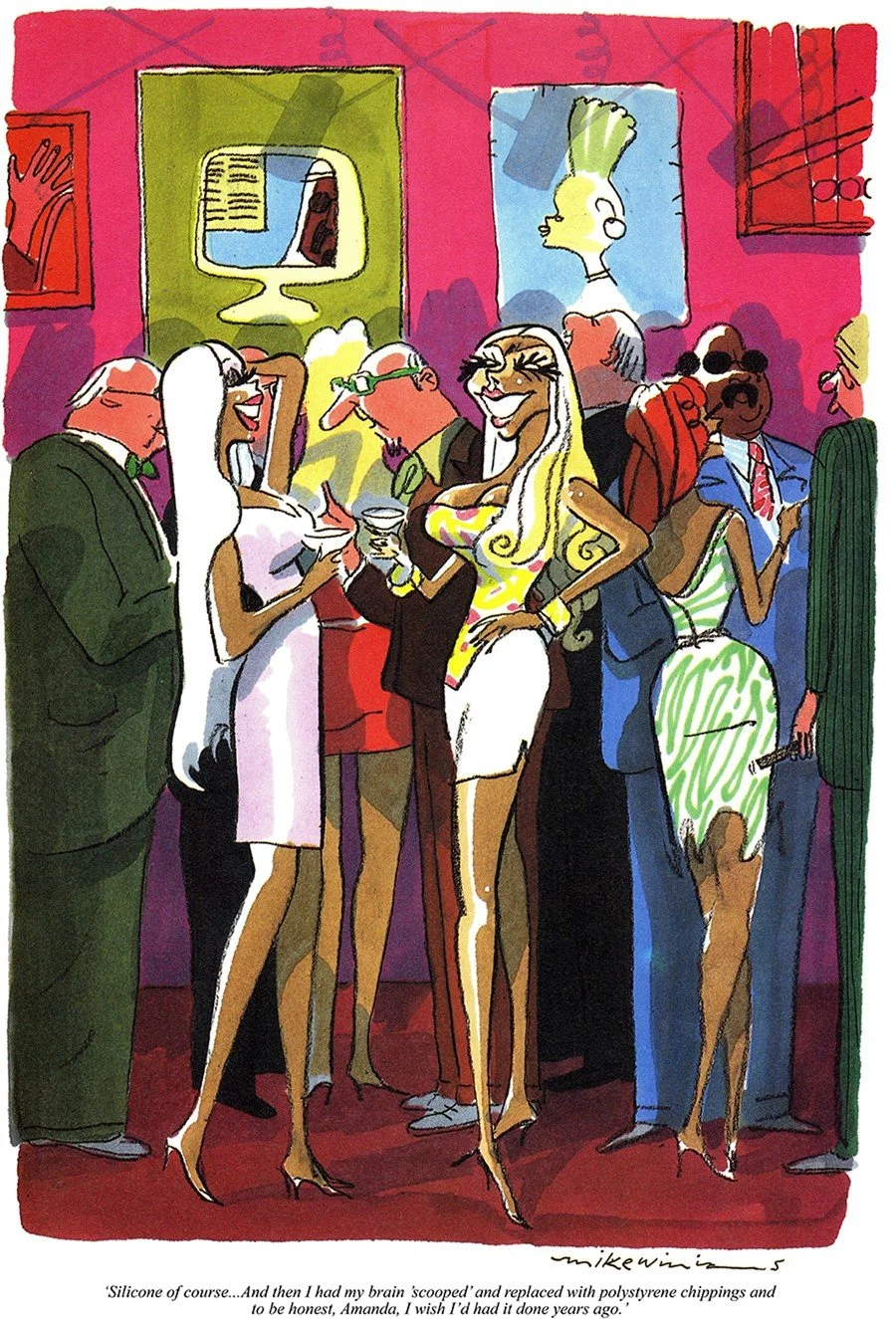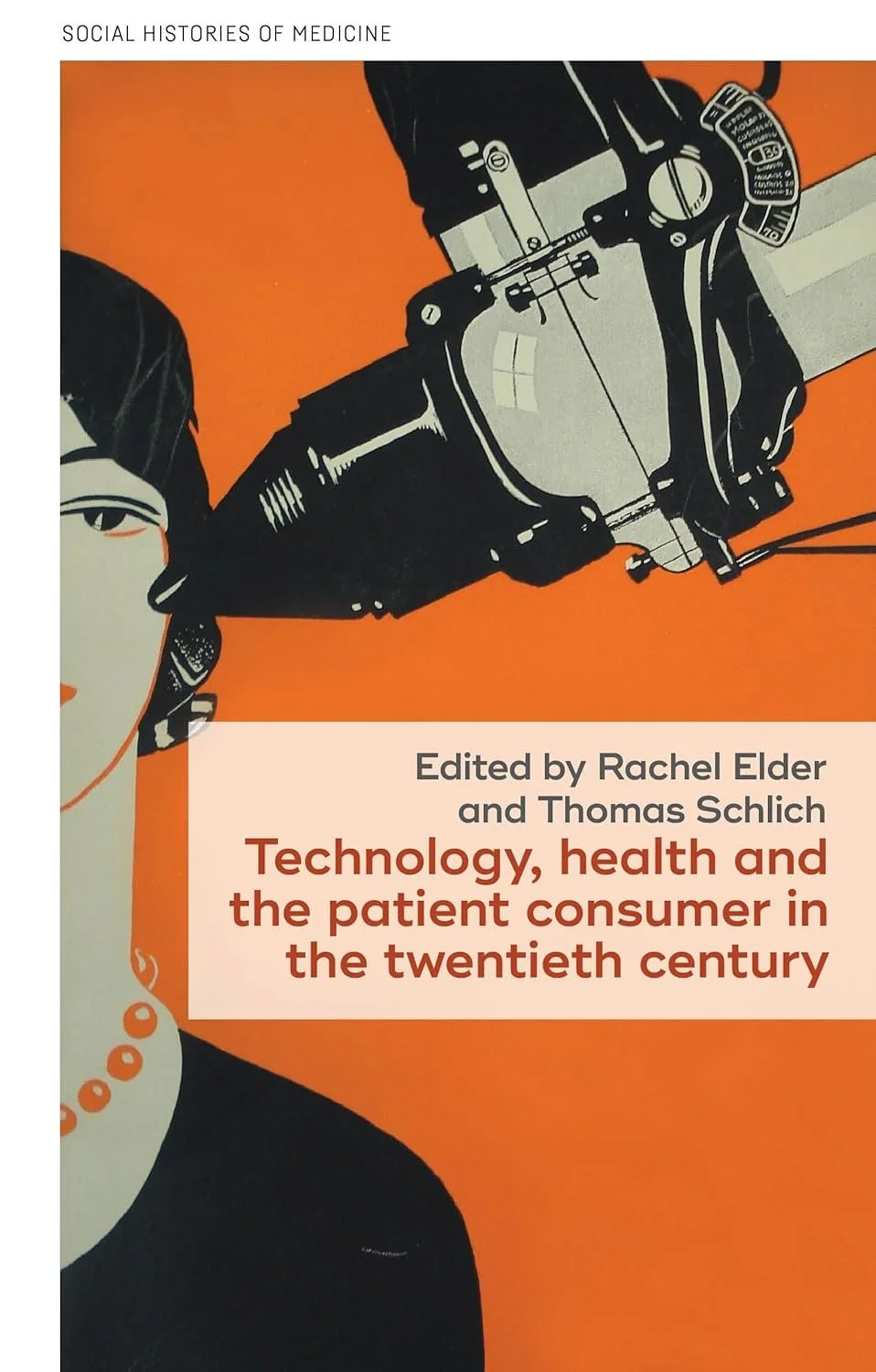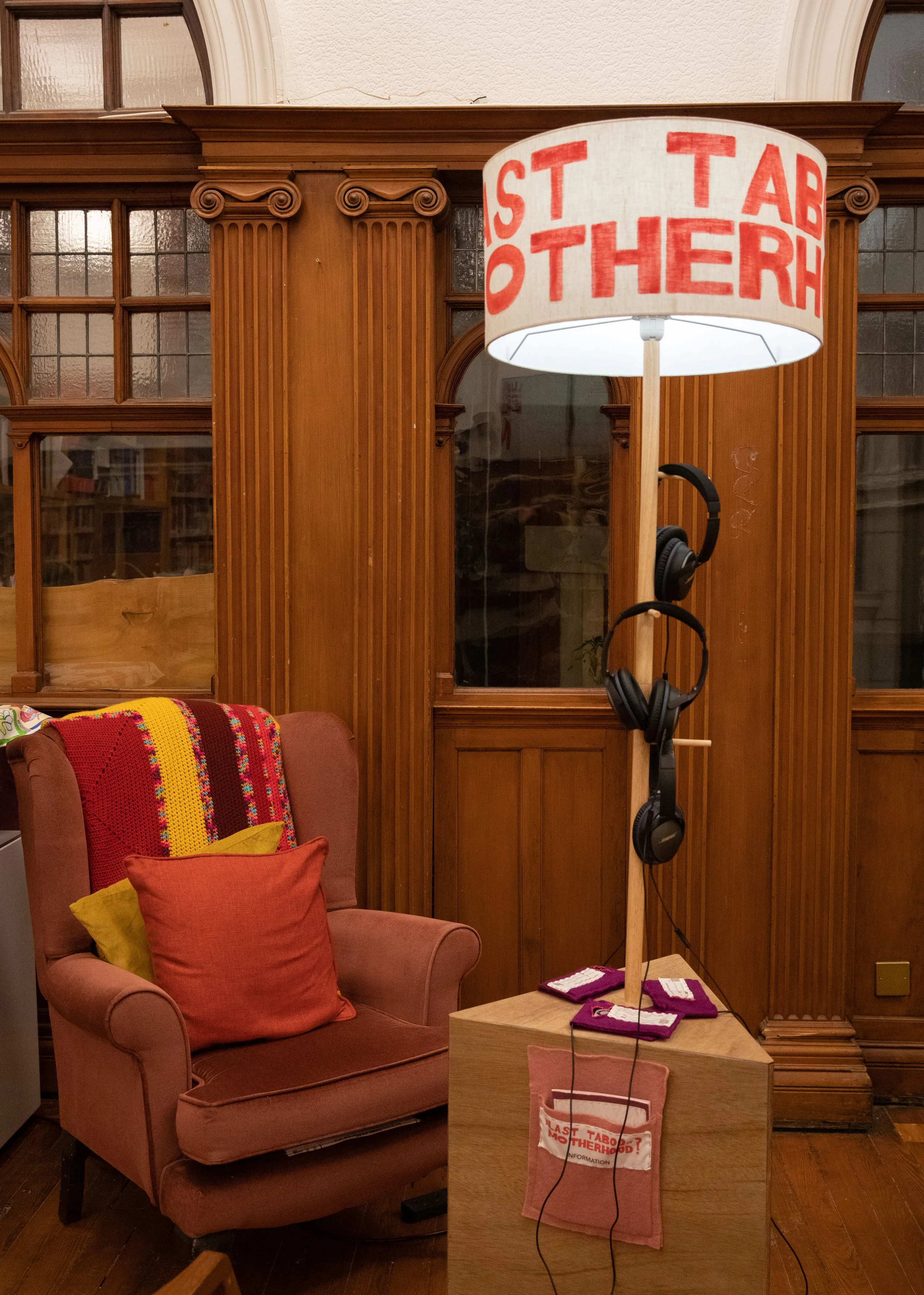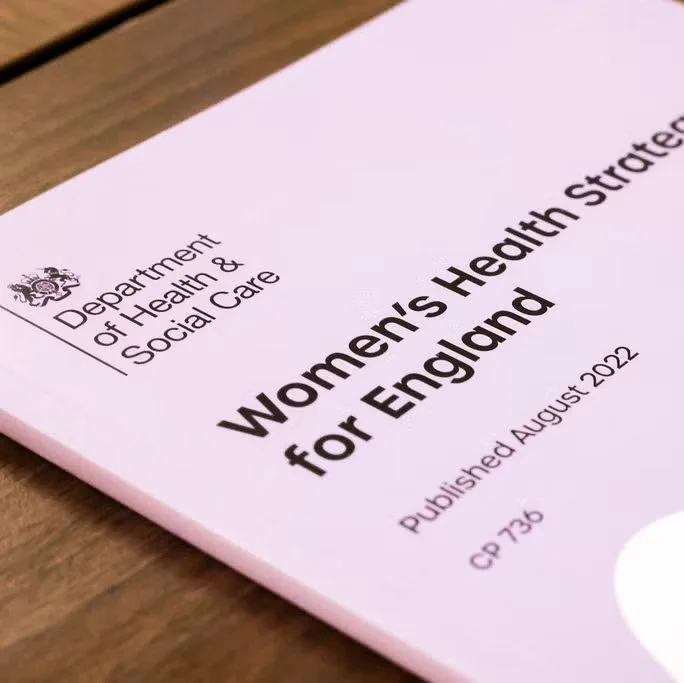The Rise and Fall of the Sunbed In Britain: Tanning Culture from Fad to Fear (London: Bloomsbury Academic, 2025).
This book explores tanning culture: how the desire for tanned white skin encouraged sunbed use in Britain. By analysing the role of the media, medical experts, and socio-political changes, it exposes how sunbed providers, consumers and the 'sunbed tan' itself shifted from 'healthy' to 'harmful' in late twentieth-century depictions. Creed examines print media, film, medical journals, trade directories, catalogues, and children's toys to map this transition.
The book begins in 1970s Liverpool when an affluent businesswoman introduced sunbeds as a 'revolutionary' technology. In the early 1980s, the sunbed industry boomed with the mass advertising and fitness industry, epitomising Margaret Thatcher's entrepreneurial spirit. Advertised as an everyday luxury for wealthy consumers, sunbeds symbolised the acme of self-improvement.
Yet, by the 1990s, sunbeds became a mundane technology associated with working-class people and 'excess' consumerism. Following the rise in Western countries' skin cancer rates, and subsequent ultraviolet research and health campaigns, the media stigmatised 'sunbed addicts'; these young white women and metrosexual men were condemned for being an 'immoral' drain on the NHS. Yet, tanning culture and its ever-evolving technologies remain popular to this day.
Sunbed demonstrates how popular culture can reciprocally shape public health and scientific research. It also sheds new light on key political, economic, medical and socio-cultural changes within everyday life in Britain. The book will appeal to those interested in the history of business, mass media, advertising, public health, policy, and technology.
Journal Articles
-

‘From ‘Immoral’ Users to ‘Sunbed Addicts’: The Media-Medical Pathologising of Working-Class Consumers and Young Women in Late Twentieth-Century England’, Social History of Medicine, 35, 3 (2022): 770-92.
Drawing on the changing representations of sunbed consumers within everyday entertainment media and national newspapers from the late 1980s to early 1990s, this article will demonstrate how sunbed use was framed, at first, as an ‘immoral’ working-class activity, and later as a growing addictive threat to white adolescent women. Medical experts had finally confirmed that sunbeds increased the risk of developing skin cancer, and the media had taken this ‘public health’ matter into their own hands. As this occurred during a backlash against Thatcherism, their anti-sunbed coverage became entangled with moralised concerns about class, women and consumerism. These sunbed warnings stigmatised both ‘yuppies’ and young women (‘bimbos’) who exercised their new economic freedoms. Unravelling these complex political, economic and social tensions will also show how historians can use fictional and ‘low-brow’ media sources (from television soaps, cartoons and the Daily Mail) to further develop the history of public health approaches
-

‘Nemone Lethbridge’s Television Play Baby Blues on BBC Television: Maternal Mental Illness Narratives, Stigma and Support in 1970s Britain’, Women’s History Review, 32, 1 (2025): 93-117.
In December 1973, the BBC aired Nemone Lethbridge’s auto-fictional play Baby Blues as one of their influential ‘Play for Today’ (PfT) series (1970–1984). This article explores the impact of Lethbridge’s controversial television play, which drew attention to taboo topics, such as infertility, caesarean section childbirth, infanticide, suicide, and, separately, motherhood ageism and dismissive medical professionals.
It will illustrate how Lethbridge’s play Baby Blues was part of a broader change in discussing maternal mental illness and creating support for women experiencing postnatal depression and psychosis, instigated by the Women’s Liberation Movement. The article situates Baby Blues within the wider history of the PfT series, with its focus on socio-political issues, and highlights the challenges Lethbridge faced in bringing the play to production. It analyses the mixed responses to the play, many of which were critical, and how this led to Lethbridge’s launching of a grass-roots self-help group, Depressives Anonymous, in 1974, which was—and still is—a long-lasting legacy of Baby Blues. The article builds on the history of maternal mental illness as explored in women’s narratives and its association with stigma, support and feminism, alongside the British Broadcasting Corporation’s television series PfT, in 1970s Britain.
-

‘Woman’s Hour or Mother’s Hour’: Postnatal Depression Narratives, Treatments and Reception on BBC Radio, 1946-1985′, Feminist Media Studies (2025): 1-19.
Launched in 1946, Woman’s Hour was one of Britain’s first women-organised radio programmes, which predominantly targeted mothers. In 1960, Woman’s Hour transmitted the first mass media broadcast on ‘childbirth depression’ in Britain; however, postnatal depression discussions only became standard on Woman’s Hour in the twenty-first century.
This article explores why the BBC and Woman’s Hour developed an interest in maternal mental health. It then evaluates how Woman’s Hour approached the originally ‘taboo’ topic by comparing the narratives (doctors to women and their husbands), treatments (medical, pharmacological, and hormonal), and reception (absent to varied) pertaining to three postnatal depression features produced over a decade apart in 1960, 1974, and 1985. Most researchers of motherhood explore print press and increasingly television sources, yet radio remains overlooked. This article maps how radio navigated and reflected key changes in Britain’s workplace and family dynamics.
The article builds on and contributes to the history of motherhood and maternal mental illness, radio as a form of health communication, the influence of women’s voices, and medical professionals’ expanding responsibilities in post-WW2 Britain. This will be relevant to scholars from many disciplines, including history, gender, culture, communication and media studies
Edited Collection Chapters
-

‘Sunbeds, Dihydroxyacetone (DHA) Fake Tan and MelonoTan Injections: A History of ‘Safe’ Tanning Technologies’ in R. Elder and T. Schlich (eds), Technology, health and the patient consumer in the 20th century (Manchester University Press, 2025): 167-193
In the 1990s, an increase in melanoma rates—mainly in Britain, Europe, America, and Australia—sparked medical concerns about skin cancer. Medical experts and the media attempted to curtail overall sunbed use in Britain but failed. Skincare providers and research institutions, on the other hand, capitalised on people’s concerns by providing the most advanced “UV-free” tanning technologies.
This chapter focuses on two of these technologies: dihydroxyacetone (DHA) fake tanning serums and the entirely novel invention of MelanoTan injections. An evaluation of media coverage and publications in medical journals demonstrates how these “UV-free” technologies were introduced as entirely “safe” alternatives to sunbeds and sunbathing. As Creed argues, both products counterintuitively promoted former risk-laden practices and reinvigorated tanning culture overall. Tanning injections, moreover, introduced a new host of health risks for twenty-first-century consumers. Therefore, such technologies provide insight into the history of controversial health, beauty, and risk reduction technologies. They also demonstrate how commercial industries have taken the lead in resolving and profiting from public health concerns since the second half of the twentieth century.
-

‘Talk Shows and “Tanorexia”: Motherhood and Sunbed Addiction on British TV in the 1990s’ in H. Froom, T. Loughran, K. Mahoney, D. Payling (eds), ‘Everyday Health’, Embodiment, and Selfhood since 1950 (Manchester University Press, 2024): 272-93.
In the 1990s, the rise in skin cancer rates from mostly fair-skinned populations, such as Britain, triggered a global skin cancer panic. Some countries tightened restrictions on sunbeds to lower these rates, eventually leading to outright bans. However, the British government, medical experts and the media could not deter sunbed operators and instead focused on discouraging sunbed users. Endorsed by psychologists, the media confirmed a widespread ‘condition’ across Britain, termed as ‘sunbed addiction’ or ‘tanorexia’. This ‘disorder’ became a hot topic on new women-centred talk shows in mid-1990s Britain. As the talk show genre originated from America, it encouraged ‘American style’ public confession culture. Although ‘American’ openness did not resonate with the British ‘stiff upper lip’, audience members aggressively contributed when topics touched on motherhood. This reflected the unanimous consensus that mothers should be ‘selfless’ and act in the best interest of their children. Consequently, topics on motherhood became a double-edged sword; the mothers, as talk show guests, received intense public support and scrutiny. By focusing on ‘tanorexia’, this chapter, therefore, demonstrates how new television genres linked to third-wave feminism continued a long-standing tradition of pathologising women’s pleasure—especially if it deterred from maternal responsibilities. By historicising and contextualising talk shows, this chapter also offers novel approaches for health historians to build on, including how to evaluate the reactions of audience members as the ‘public’
-

Fabiola Creed and Hilary Marland, ‘The Last Taboo of Motherhood? Exploring Postnatal Mental Illness and its History through Audio Plays’, in Rob Ellis and Jane Stockdale (eds), Museums and Beyond: Public Histories of Mental Illness in the 21st Century (Palgrave’s Mental Health series), submitted April 2025, accepted September 2025, forthcoming 2026.
‘The Last Taboo of Motherhood?’ is a series of three audio plays which illuminate a historically overlooked area of women’s health: postnatal mental illness. Working with producers Fuel and three commissioned artists, the project drew on new research on postnatal mental disorders in twentieth-century Britain and probed vital questions about women’s experiences and the culture of silence around maternal mental health.
This chapter describes the project’s conception and aims. It explains how our research was translated into artistic responses against the backdrop of ethical considerations and new digital opportunities, focusing on one detailed case study. We outline the production process and creation of the physical installation. The installation toured several arts venues in autumn and winter 2023-24, and the chapter analyses listener responses to the audios. Finally, we discuss the challenges and benefits of this form of collaboration.
The audios are available via Spotify: https://open.spotify.com/show/7pAZ7lczhGBA2zMkvQyElu?si=f3a24a3fda594559
Policy Papers
-

(co-authored with Rowena Bermingham), ‘Improving Witness Testimony’, Parliamentary Office of Science and Technology, 2019.
Witness testimony plays a key role in criminal investigations and trials. However, inaccurate testimony can lead to the prosecution of innocent individuals. Prosecuting innocent suspects is costly, with a day in court costing over £2,500 on average. Wrongful convictions also mean the real perpetrator of a crime is not caught and may continue to harm society. This POSTnote focuses on how witness testimony is gathered and used in criminal investigations
-

(co-authored with Hilary Marland) ‘Improving Maternity Care through Women’s Voices: The Women’s Health Strategy Continues a Long Process of Advocacy’, History & Policy, 2023.
- Effective maternity care has been hampered by limited service provision and inadequate funding throughout the twentieth and early twenty-first century.
- Pronatalist policies dominated maternity care in the first half of the twentieth century, moving to a growing consumer-led emphasis in the post-war period.
- Historical events—war, the creation of the National Health Service, the hospitalisation and medicalisation of childbirth, and the feminist health movement—led to fundamental changes in maternity services and care.
- After 1900, women became vocal in expressing their aims for improved maternity care, and their ambitions were most effective when they dovetailed with pronatalist goals.
- Following the expansion of mass media, education, and employment for women since the 1960s, both women’s organisations and individuals developed greater confidence in their campaigns for change and in urging policymakers and health services to listen.
- Descriptions of their own experiences from women of all social circumstances and ethnicities can become powerful tools for lobbying policymakers and government and for raising recognition of postnatal mental illness.
Book Reviews
-

Tania Woloshyn, Soaking up the Rays: Light Therapy and Visual Culture in Britain, C. 1890-1940 (Manchester: University of Manchester Press, 2017) in Social History of Medicine, 32, 2 (2019): 426-8.
-

Lynn M. Thomas, Beneath the Surface: A Transnational History of Skin Lighteners (Duke University Press, 2020) in Metascience (History of Science and Technology), 29 (2020): 497-500.
-

Jessica Borge, Protective Practices: A History of the London Rubber Company and the Condom Business (McGill-Queens University Press, 2020) in Cultural and Social History, 19, 3 (2022): 345-7.
If you would like a pdf of a publication, or if there are issues with the open access links, please feel free to send an email to fabiola.creed@glasgow.ac.uk
